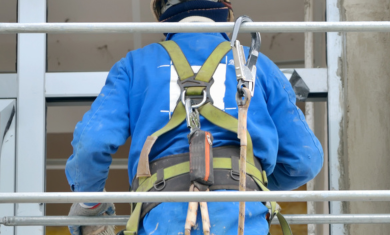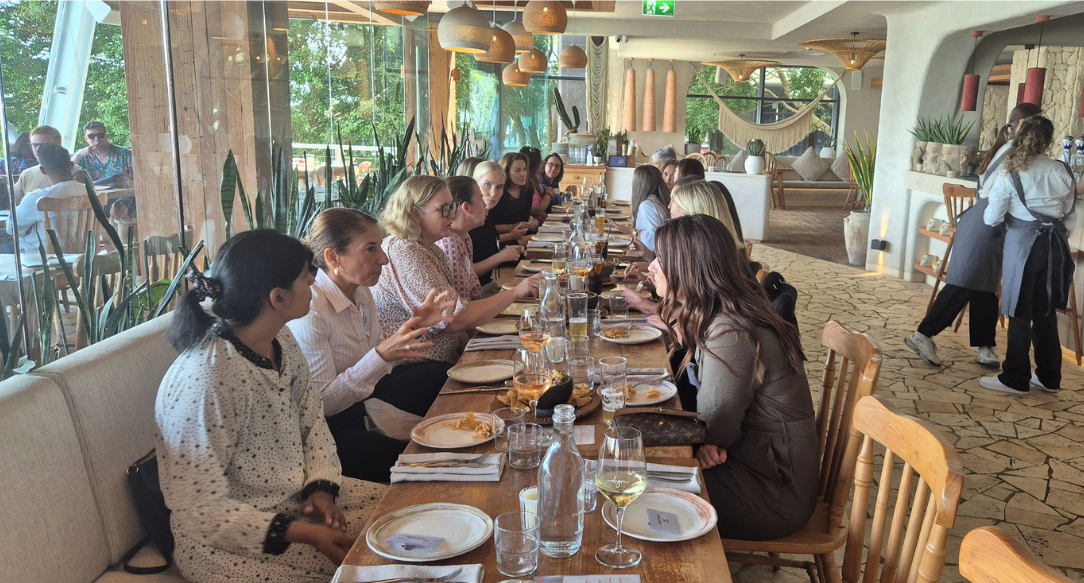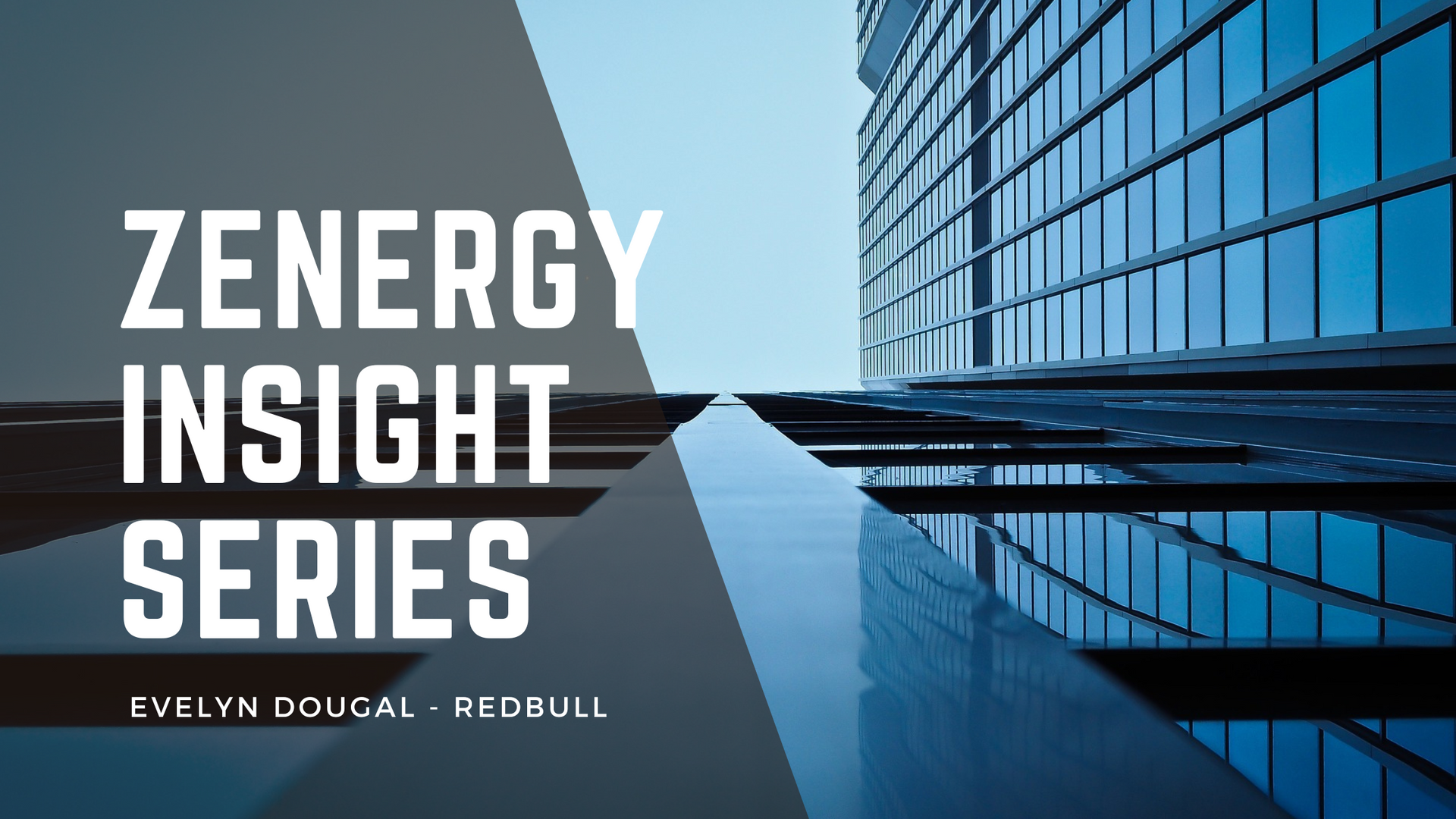28 Feb, 2024
What are the WHS implications of the “right to disconnect” Workers will be able to refuse to monitor, read or respond to contact from their employer as part of a new law which grants them the “right to disconnect” from work outside of normal working hours, unless the refusal is unreasonable. The Closing Loopholes Bill No. 2, which was recently passed by federal parliament, was one of the more contentious rights granted under the legislative changes. Greens Senator Barbara Pocock said the newly legislated right will make a difference for workers who are not paid for being available and who donate many unpaid hours to their workplace. “In implementing this right, we are playing catch up with 20 other nations who have already acted on this massive problem,” she said. “This change will help workers protect their mental health and improve work-life balance. It will especially help those in insecure jobs who need that legislative backup.” Shadow Minister for Employment and Workplace Relations Michaelia Cash said the law opens up another level of complexity for businesses at a time when they are doing it very tough. “In a country with five time zones during the summer months and in a globally competitive economy, it’s not clear how this will help increase productivity in the workplace,” she said. Employers also took issue with the law, claiming they are impractical and will add unwarranted conflict and uncertainty into workplaces. “There are already provisions in the Fair Work Act and awards that regulate the extent to which employees can be unreasonably required to work outside normal hours,” said Innes Willox, chief executive of employer association Ai Group. “These changes were unfortunately added into the mix at the last moment, without being properly thought through, with a view to securing the Greens’ support for the passage of the rest of the legislation.” Unions welcomed the passing of the Bill and said the law will give new rights to casual and gig workers, protect road transport workers, and provide new rights for workers to disconnect from work when they are not being paid. “For the first time, all Australian workers will have the right to refuse unreasonable, unpaid work such as the expectation they will monitor and respond to emails out of hours in which they are being paid,” said ACTU secretary Sally McManus. Long working hours have recently come under increased scrutiny, especially following COVID and a widespread trend for workers to put in longer hours given many no longer had commutes and found it difficult to disconnect as their workplace and home became one and the same. A Centre for Work Health and Safety survey found that, due to the ability to work from home, employees were working longer hours, experienced increased demands from their superiors or found it hard to ‘switch off’ from work outside of work hours. Another survey by the Centre for Future Work found that 71 per cent of employees had worked outside their scheduled work hours often due to overwork or pressure from managers. The survey found that the most commonly experienced negative consequences of overtime work were physical tiredness (35 per cent), followed by stress and anxiety (32 per cent), and being mentally drained (31 per cent). Parliamentary inquiries have also examined how the advancement of technology has led to “availability creep”, where employees feel they need to be available all the time to answer emails, calls or simply deal with their workload. “This has only been exacerbated by the pandemic,” the Select Committee on Work and Care Interim Report stated. “Availability creep impacts mental health, exacerbates work-life stress, impacts on productivity and takes workers away from a fair day’s work for a fair day’s pay.” The new “right to disconnect” law contains important exemptions for employers where after-hours contact would be considered reasonable. In certain industries and occupations, the right of disconnect will be limited because of the need to monitor certain work-related communications. Employers would also be able to contact workers about matters such as rostering and shift work, in an emergency, where there is a WHS concern, or where a worker receives appropriate compensation. In taking into account whether a refusal by an employee is unreasonable, a number of employee-related matters must also be considered, including the nature of the employee’s role and the employee’s level of responsibility, and the employee’s personal circumstances (including family or caring responsibilities). Source: Australian Institute of Health & Safety (AIHS)






















